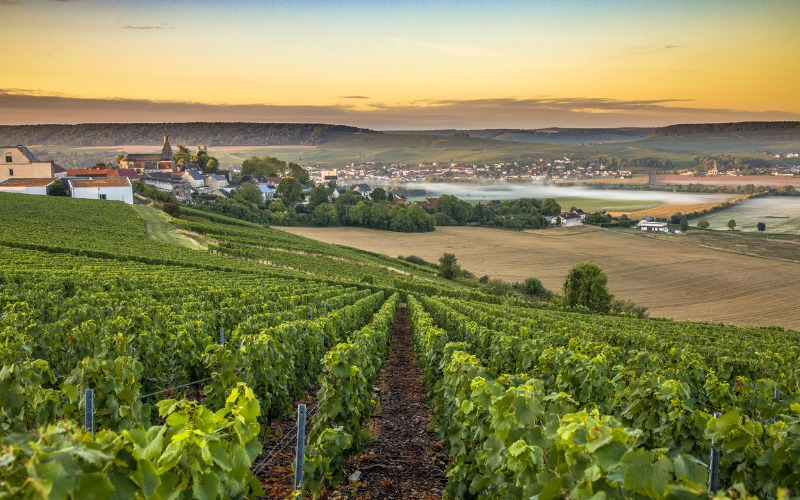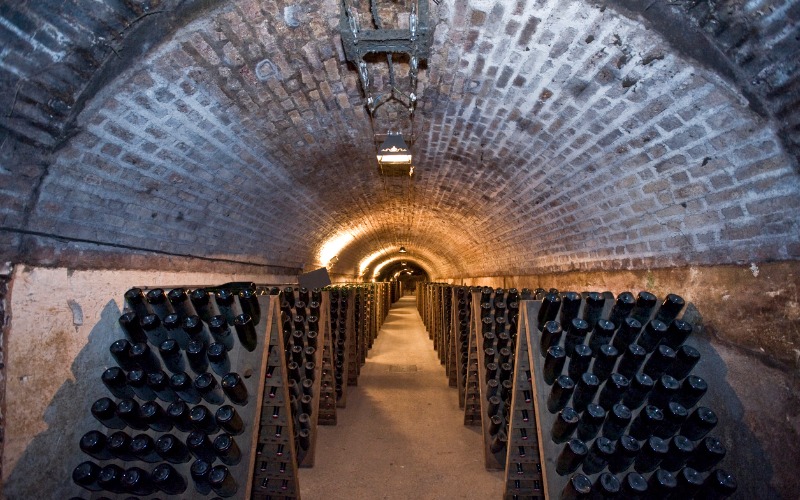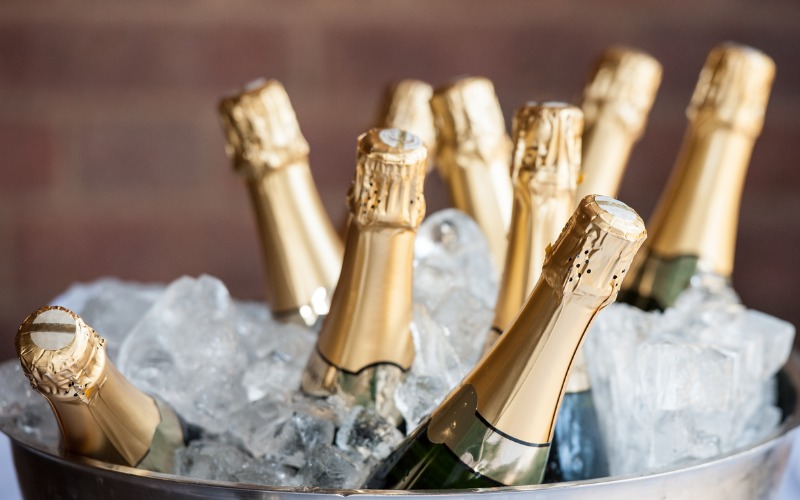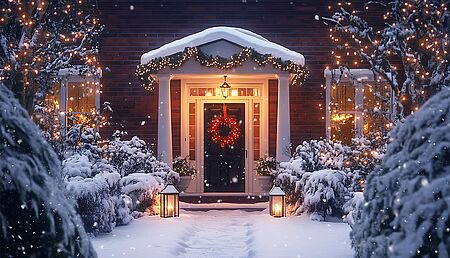
Everyday IP: Protecting the identity of Champagne
Centuries ago, when the vintners who pioneered the early Champagne wines were working exhaustively to perfect their wares, they could not possibly have foreseen that the fruits of their labor would one day be counted among the crowning achievements of winemaking.
Today, Champagne — named for the Grand Est region in northeastern France, where it is exclusively produced — is one of the world's most famous styles of wine. Brands like Moet & Chandon, Krug, Veuve Clicquot and Mercier are considered synonymous with elegance and luxury, making these names status symbols in and of themselves.
From an Intellectual Property (IP) perspective, Champagne is perhaps the best-known example of a product protected by a geographical indication (GI). This mark can be just as valuable for preserving the exclusivity of particular IP as a trademark registration or patent. Contact our French desk, at the heart of Paris' 8th arrondissement, to learn more about what we can do for you.
A brief history of Champagne
One might think that Champagne's effervescence, which is undoubtedly one of its most attractive qualities to modern wine lovers, is what made it bubble to the height of prestige, but that is not quite how it happened.
According to the Comité Interprofessionnel du vin de Champagne (CIVC) — the official governing body of Champagne production — sparkling wine is a side effect of secondary fermentation and was recorded as early as the 6th century. But the effect was not desirable in the slightest to people of that time. In fact, for more than a thousand years, many considered sparkling wine to be unpalatable, or, at the very least, substandard. This goes some way to explain why, when sparkling Champagne began to become associated with the province of its origin in the late 1600s, the variety did not gain traction in France until early in the next century. Surprisingly, it was among the English aristocracy in the 1670s that Champagne first became vogue.

Besides prevailing (dis)tastes, another hindrance to Champagne's rise to prominence was the inherent difficulty of the secondary fermentation process. After the grape mash was initially fermented and the liquid extracted, the wine had to be barrel-stored for six months before it could be bottled (usually in the spring) and then sit in those bottles until autumn. If enough sugar had been added at the outset for some to remain in the bottled product, it would sparkle. Otherwise, the result would be bubbleless. Until developments such as reinforced glass bottles, wire-fastened cork stoppers and a sediment removal process called disgorgement became standard practice by the turn of the 19th century, Champagne production involved plenty of failures. Not least exploding bottles!
Innovation fueling imitation
Due to these costly production methods, genuine Champagne has never been cheap. Despite – or perhaps because of – this exclusiveness, the wine's popularity exploded over the course of the 19th century, growing from a volume of around 300,000 bottles produced in 1800 to 36 million in 1883. People all over Europe and in the United States were clearly willing to pay its premium.
Vintners from other French provinces and abroad were far from ignorant of this market influence and began to produce sparkling wines using similar technology to that of Champagne. Some of these imitators did not call their wines Champagne, but plenty made reference to "champagnisation" or the "methode champenoise." Winemakers in the Champagne region certainly resented this, and filed suit against some of these copycats, but they would not find a way to establish and defend a definitive Champagne identity until the early 20th century.

The protection of an appellation
In 1919, the French government passed the Law Relating to the Protection of Appellations of Origin. This legislation declared that certain wines and spirits, including Champagne, could only be produced in the regions where they had originated. About 20 years later, after the formation of the Comité National des appellations d'origine (CNAO) — which would eventually become the Institut national de l'origine et de la qualité (INAO) that we know today — Champagne received an Appellation d'origine contrôlée (AOC) designation. The AOC for Champagne imposes a more exacting standard than a GI in that the wine must conform with the laws and decrees of 1919, 1927 and 1935, codifying the rules requested by vintners in Champagne. These laws established strict regulations for Champagne making, pertaining to everything from minimum alcohol content to aging.
Champagne's wine growers could not have received the protection of their AOC at a better time. The early 1900s had seen a devasting epidemic of phylloxera kill off countless vineyards, only for the First World War to wrack the whole of France. Reeling from these hardships, the Champagne houses had only just begun to restore their stature by the mid-1930s, and the exclusivity granted by the appellation was a major driver of their return to prominence.

Geographical indications spread worldwide
What France did with the establishment of the AOC protocol would have a profound impact on the IP world. Today, the GI as a concept of IP protection is considered an essential tenet of international economic treaties like the Trade-Related Aspects of Intellectual Property Rights (TRIPS) agreement. While most appellation or GI laws are country-specific, the EU offers additional layers of protection through Protected Designations of Origin (PDOs) and Traditional Specialties Guaranteed (TSG), together with GIs. The World Intellectual Property Organization (WIPO) also offers worldwide classification through its Lisbon system.
The protection provided by an appellation or GI serves as a unique fusion of brand identity and national pride. Other famous examples include:
- Prosciutto di Parma: This PDO is only given to prosciutto produced in Italy's Parma province, using only pigs from the region.
- Napa Valley: An exclusive designation given to wines produced in this prestigious California wine region of the United States.
- Mezcal: This agave-based spirit can only be called "mezcal" if it is distilled and bottled in the Mexican states of Oaxaca, Guerrero, Guanajuato, San Luis Potosi, Zacatecas, Durango or Tamaulipas. (Oaxaca alone accounts for more than two thirds of mezcal production.)
- Stilton: Ironically, Stilton cheese cannot be produced in the English village that inspired its name. The Stilton PDO limits production to the counties of Leicestershire, Nottinghamshire and Derbyshire.
Champagne is far more widely recognizable – and consumed – than any of those products. It is so renowned that countries ranging from Paraguay to Australia have laws preventing the term's use associated with similar sparkling wines.
At Dennemeyer & Associates, we deeply respect the tradition behind sparkling Champagne and the IP rights that AOC guidelines confer it. With our own rich history of 60 years of legal practice, we are here to fulfill all of your IP management and protection needs expertly and efficiently.
Filed in

IP infringement disputes abound in the film industry but some are more dramatic than others. Explore the unusual IP cases spawned from prominent movies.



